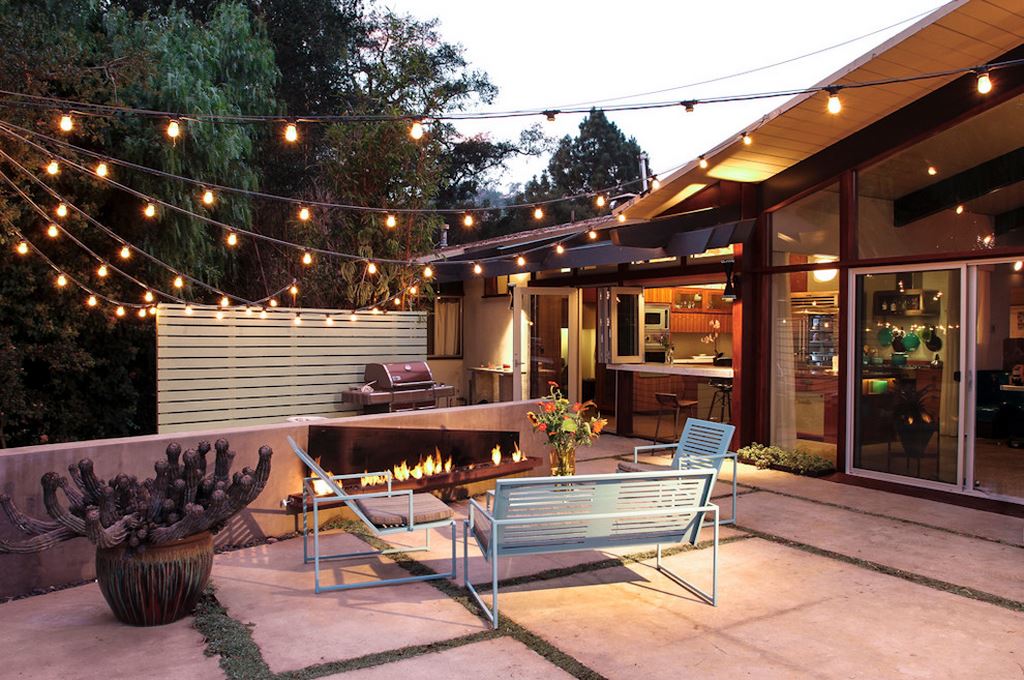Every homeowner wants to impress their friends and neighbors with a gorgeous outdoor space — which requires the best Cedar Park landscaping in the city! However, while well-maintained pathways, flowers, and gardens are essential, outdoor lighting is one aspect of proper landscaping that most people overlook.
All properties need some illumination, so you shouldn’t underestimate its importance. Having the right kind and variety of lighting can provide more than safety and visibility to your outdoor area — it can also increase your garden’s aesthetic appeal.
Luckily, the possibilities for incorporating lighting into landscaping design are practically endless. With that in mind, we’ll look at some of the most critical factors for any outdoor lighting decision and project; from your chosen electrical supply to various fixtures and bulbs, we’ll go over it all!
Proper Wiring
Most of the electricity that runs throughout your home is hard-wired. However, most landscape lighting is low-voltage and far simpler to install. It’s usually designed to be usable without trenching, and many people even install it without help from licensed electricians. However, it’s always best to consult experts on anything even remotely related to electricity.
Bulb Type
If you haven’t thought much about lighting in general before, you may not have even noticed the large variety of light bulbs available in today’s market. From floodlights and spotlights to simple colored lamps and cafe lights, you’ve got everything you need to make your vision for the outdoor area shine through, quite literally.
Choose your bulbs carefully, and you’ll find that they’re easily able to accent different parts of your property and give the whole thing a more personal charm. For example, if you want to create a chill, laid-back area that’s supposed to be in tune with the soft glow of the moonlight, you’d probably use subtle uplights or string lights.
On the other hand, if you want to bring people’s attention to a specific structure, spotlights can create a more dramatic visual effect, especially if we’re talking about a larger outdoor object.
Placement of Fixtures
Path lights, downlights, and uplights are the most commonly used fixtures in outdoor spaces. They can vastly enhance your landscape design, particularly from a thematic perspective. For instance, sculpted path lights can help your outdoor space achieve a unified tone. On the other hand, recessed lights are generally supposed to be secondary and out of sight, which is why they have simpler fixtures.

If you want your landscape to be thematically complete, consider how your fixtures and light placement will affect its overall concept.
The Proper Use of Uplighting
You can use lighting to highlight different parts of your property and its outdoor area, keep your surroundings safe, and even prevent serious injury while walking around the property at night.
Of course, the precise lighting you’ll use to achieve any of those goals will depend on your landscape’s specific features and ultimate goals. So, when do homeowners choose uplighting for their landscape?
These are the lights whose beams are directed at the side of your house, going upward from the ground. The result is aesthetically appealing, dramatic lighting that’s perfect for accentuating specific features of your house’s architecture.
Naturally, you don’t need to use uplighting solely for your home’s façade. It can achieve the same effect with visually stunning plants or other parts of your surrounding scenery — like water features, sculptures, and trees in your garden. This is a perfect choice if you want the lighting to lead your guests and draw their eyes to a specific object.
Using Spotlights The Right Way
As we’ve mentioned above, landscape lighting isn’t just visually pleasing; it’s also essential in the context of safety. Homes with bright and clearly visible outdoor lights near pathways, gates, and doors are less susceptible to intruders, burglars, and even animal visitors.
From a safety and security perspective, spotlights are the most critical type of fixture. They provide the brightest and most focused illumination that deters malicious actors — after all, we say someone has “entered the spotlight” when everyone sees and notices them.
Of course, you can also use landscape spotlighting for stunning visual effects like silhouetting. If you place your lighting fixture behind an object or feature you want to silhouette and aim the light towards a nearby wall, you’ll create a beautiful illuminated background to the object. And more importantly, the object itself will appear to have a dark outline.
This visual technique is perfect for showcasing dense plants, though, as too much light will pass through their branches and leaves otherwise. And, of course, it looks especially compelling during sunset hours.
If you want to bring people’s attention to more delicate and open foliage, you can still do this — but the result will be a softer shadow that still manages to add some drama to your landscape.






